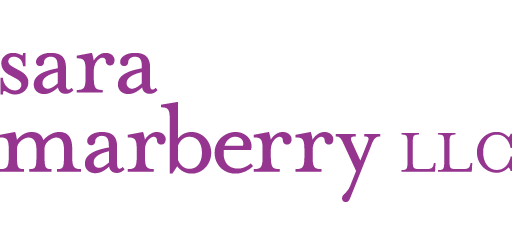
“Is your building ethically sourced, without forced labor, as well as sustainably designed?”
That’s the question asked by the founders of the Design for Freedom, a movement started in 2020 by the Grace Farms Foundation to eliminate modern slavery in the built environment. Initially, its working group focused on developing ethical labor practices on construction sites, but now they are looking at the building materials supply chain — including subcontractors, manufacturers, and commodities-level providers — and trying to establish guidelines for ethically sourced materials.
How Big is the Problem?
The International Labor Organization says that almost 25 million people are held in servitude for forced labor worldwide, and about 152 million children ages 5-17 are subjected to child labor. The raw and composite materials in the supply chain at the highest risk of embedded slavery are: bricks, copper, glass, minerals, polysilicon/solar panels, precursors (compounds and minerals used in the manufacturing process), rubber, steel and iron, stone, textiles, and timber.
According to Design for Freedom, brick is one of the most used at-risk materials. Children and adults are often held in debt bondage at brickyards and breathe hazardous dust all day.
Textiles are found in window shades and carpet, furnishings and wall products. While most anti-slavery efforts have been in garment production, material supply chains can include slave-made cotton, carpet, jute, sisal, and silk.
I have to admit, I’ve never really thought about this before.
Why Hospitals and Health Systems Should Care
Many of the products specified for healthcare facilities are made of the raw and composite materials listed above. Given that the healthcare sector makes up about 16% of the U.S. nonresidential building construction industry each year, that is a significant amount of materials.
Ethically sourced materials also fall under the “social” pillar of Environmental/Governance/Social (ESG) initiatives that are important to many hospitals and health systems, as well as the institutions that provide capital funding to them. But my guess is that most of them aren’t thinking about this as part of their ESG policies.
Ethically sourced materials also contribute to a healthy building — one that does not harm people or the planet. This is also an idea that many hospitals and health systems are starting to understand.
Sound Complicated?
It is.
Design for Freedom, however, has come up with a toolkit, that is a great resource for those planning, designing, and constructing healthcare facilities on how to implement ethical, forced-labor free materials sourcing strategies into your projects and/or practice. Organized into three three areas of focus (education, commitment, implementation), the toolkit is packed with easy to digest information and strategies.
Ethically sourced materials also contribute to a healthy building — one that does not harm people or the planet. Without a doubt, specifying ethically sourced, as well as sustainable materials makes the architect and designer’s jobs more complicated. And it may cost more.
But hospitals and health systems that prioritize ethical sourcing and sustainability are often viewed more favorably by patients, staff, and the community. This can enhance their reputation and build trust, leading to increased patient loyalty and staff retention.
Besides, it’s the right thing to do.
So, the next time you start a project, ask your team, “Are the materials in the buildings and interiors we’re designing and building ethically sourced, as well as sustainable?”
P.S. Please do me a favor — if you liked this post and like this blog, please share it with others by sending them the link or posting it on your LinkedIn, X, or Facebook. Also, don’t forget to subscribe, so you’ll get emails when new content is posted. Thanks!
If you like this post, please share.

What’s my story? I’m a healthcare and senior living design knowledge expert who writes and speaks frequently about trends and issues affecting these two industries. I’m also a strategic marketing consultant and content creator, working with companies and organizations who want to improve the quality of healthcare and senior living through the design of the physical environment. You can reach me at [email protected].

